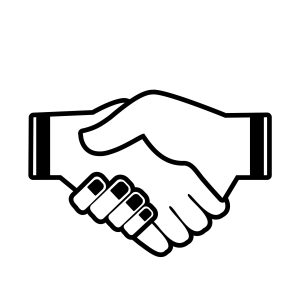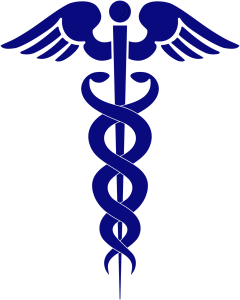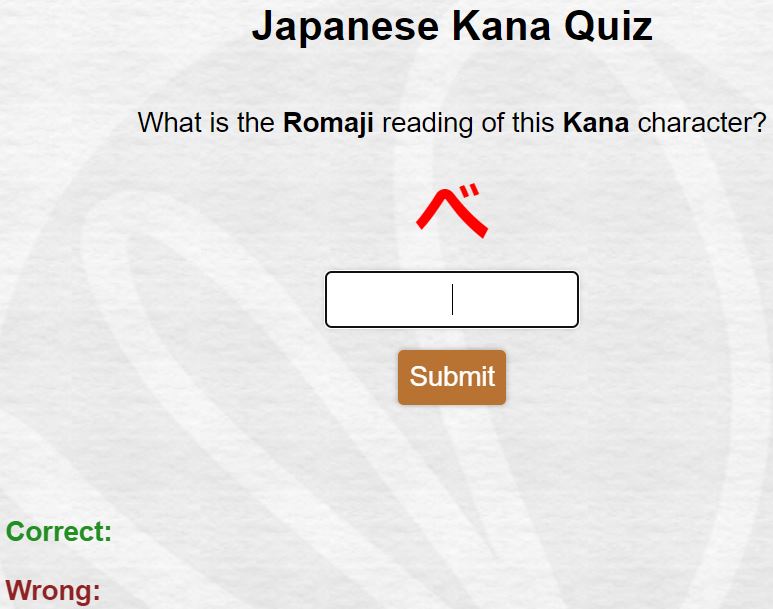
Settling a Case
Lawyer 1:
How do you intend to settle this case?
この件についてどのように解決するつもりですか?
(Kono ken ni tsuite dono yō ni kaiketsu suru tsumori desu ka?)
Lawyer 2:
We would like to attempt to negotiate a settlement first.
私たちは、まずは和解交渉を試みたいと思っています。
(Watashitachi wa, mazu wa wakai kōshō o kokoromitaī to omotte imasu.)
Lawyer 1:
Understood. Are there any necessary documents or amounts for the settlement?
了解です。和解に必要な書類や金額はありますか?
(Ryōkai desu. Wakai ni hitsuyōna shorui ya kingaku wa arimasu ka?)
Lawyer 2:
Yes, we have calculated the amount of settlement money based on the materials submitted by the opposing party.
はい、相手方から提出された資料をもとに、和解金の金額を算出しています。
(Hai, aite-gata kara teishutsu sareta shiryou o moto ni, wakai-kin no kingaku o sanshutsu shite imasu.)
Lawyer 1:
I see. Please send the proposed amount by tomorrow.
そうですか。では、提案する金額を明日までに送ってください。
(Sō desu ka. Dewa, teian suru kingaku o ashita made ni okutte kudasai.)
Lawyer 2:
Understood. I will send it by tomorrow.
了解しました。明日までに送信いたします。
(Ryōkai shimashita. Ashita made ni sōshin itashimasu.)
Vocabulary list:
件 (ken) – case, matter
解決する (kaiketsu suru) – to settle, to resolve
和解交渉 (wakai kōshō) – settlement negotiations
試みる (kokoromiru) – to attempt, to try
必要な (hitsuyōna) – necessary, required
書類 (shorui) – documents, papers
金額 (kingaku) – amount, sum of money
算出する (sanshutsu suru) – to calculate, to estimate
提出する (teishutsu suru) – to submit, to present
相手方 (aite-gata) – opposing party, the other side
提案する (teian suru) – to propose, to suggest
送る (okuru) – to send, to transmit
送信する (sōshin suru) – to send, to transmit (formal)





